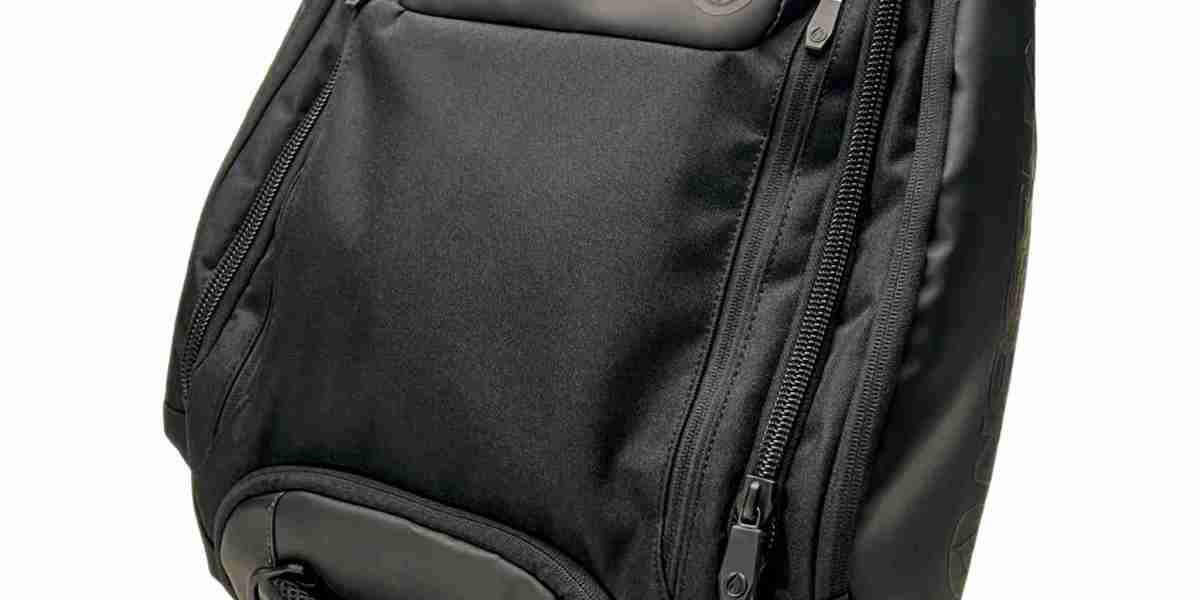The Aircraft Skin Market is undergoing a significant transformation as manufacturers and aerospace companies are increasingly prioritizing sustainability in their operations. As concerns over climate change and environmental impact continue to grow, the aerospace industry is looking for innovative ways to reduce its carbon footprint. This blog explores the shift toward eco-friendly manufacturing in the Aircraft Skin Market, highlighting the growing demand for sustainable materials, the role of innovation, and the impact on the industry’s future.
Growing Pressure for Sustainable Practices in Aerospace
Sustainability has become a key focus for industries worldwide, and the aerospace sector is no exception. The environmental impact of aviation has been under scrutiny for years, and aircraft manufacturers are taking steps to reduce emissions, improve fuel efficiency, and lower the carbon footprint of aircraft production. Aircraft skin, the outer surface of an aircraft, plays a crucial role in these efforts. With the growing demand for greener technologies and eco-friendly materials, the Aircraft Skin Market is witnessing a shift toward sustainable manufacturing practices.
One of the key drivers behind this shift is the increasing focus on fuel efficiency in aircraft design. Lighter materials contribute to improved fuel efficiency, leading to lower emissions during flight. As a result, there is a growing demand for alternative materials for aircraft skin that are both lightweight and environmentally friendly. These materials not only help reduce fuel consumption but also promote sustainability during the manufacturing and end-of-life phases of aircraft.
Eco-Friendly Materials for Aircraft Skin
1. Composites with Recyclability Focus
Composites have long been considered a revolutionary material in the aerospace industry due to their lightweight properties, which contribute to improved fuel efficiency. However, traditional composites used in aircraft skins have been challenging to recycle, posing environmental concerns at the end of the aircraft’s life cycle.
In response to this challenge, manufacturers are developing recyclable composites that retain the strength and lightweight characteristics of traditional composites while being easier to recycle. Thermoplastic composites, in particular, are gaining popularity in the Aircraft Skin Market due to their recyclability. Unlike thermoset composites, which cannot be melted and reused, thermoplastic composites can be re-melted and reshaped, reducing waste and promoting a circular economy. These advancements are helping to make aircraft skin manufacturing more eco-friendly and contributing to sustainable practices in aviation.
2. Bio-Based Resins and Sustainable Coatings
In addition to recyclable composites, the use of bio-based resins is also growing in the Aircraft Skin Market. Bio-based resins are derived from renewable resources, such as plants, rather than from fossil fuels. These resins offer a more sustainable alternative to traditional petroleum-based resins, which have a higher environmental impact. Bio-based resins can be used in combination with other materials, such as carbon fiber, to create lighter and more sustainable aircraft skins.
Moreover, the use of sustainable coatings is on the rise. These coatings not only help improve the durability and performance of aircraft skin but also reduce the environmental impact of production. Environmentally friendly coatings are made from non-toxic materials and can help reduce the overall environmental footprint of aircraft manufacturing.
3. Recycled Aluminum Alloys
While composites are gaining popularity, aluminum alloys remain a common material in the construction of aircraft skins, especially for older aircraft. To address sustainability concerns, manufacturers are increasingly turning to recycled aluminum. Recycled aluminum requires less energy to produce compared to virgin aluminum, making it a more environmentally friendly option. By incorporating recycled aluminum alloys into aircraft skin construction, manufacturers can reduce their reliance on raw materials and lower the overall energy consumption associated with aircraft production.
The Role of Innovation in Sustainable Aircraft Skin Manufacturing
Innovation is playing a critical role in the shift toward eco-friendly manufacturing in the Aircraft Skin Market. Researchers and engineers are continually working to develop new materials, technologies, and processes that minimize environmental impact while maintaining the high-performance standards required in the aerospace industry.
For example, additive manufacturing, or 3D printing, is becoming an essential tool in sustainable aircraft skin production. This technology allows manufacturers to produce complex, lightweight structures with minimal material waste. By using only the exact amount of material needed to create a part, 3D printing reduces waste and energy consumption during production. This method is also beneficial for creating components with complex geometries, which can lead to further weight reduction and improved fuel efficiency.
Furthermore, advanced manufacturing techniques such as automated fiber placement (AFP) and resin transfer molding (RTM) are being adopted to streamline production and improve the efficiency of eco-friendly materials. These techniques allow for the precise placement of materials, reducing waste and ensuring the optimal use of resources.
Regulatory Pressures and Market Demand
The shift toward eco-friendly manufacturing in the Aircraft Skin Market is not only driven by environmental concerns but also by regulatory pressures. Governments and international organizations, such as the European Union and the International Civil Aviation Organization (ICAO), are setting stricter regulations regarding emissions and environmental standards in the aviation sector. These regulations are pushing aircraft manufacturers to adopt greener technologies and sustainable practices throughout the production process.
Additionally, the growing demand from consumers for environmentally responsible products is influencing the decisions of aerospace companies. Airlines and consumers are increasingly prioritizing sustainability when selecting aircraft and flight options. This shift in market demand is driving the adoption of eco-friendly materials and manufacturing methods in the aerospace industry.
Key Players Leading the Charge
Several key players in the aerospace industry are leading the shift toward eco-friendly manufacturing in the Aircraft Skin Market. Companies like Boeing, Airbus, and Lockheed Martin are investing heavily in research and development to explore sustainable materials and manufacturing processes. These companies are working closely with material suppliers to develop recyclable composites, bio-based resins, and other eco-friendly alternatives that can meet the performance and safety standards required in aircraft design.
For example, Airbus has been actively involved in initiatives to reduce the environmental impact of its aircraft, including the development of the A350 XWB, which incorporates lightweight composite materials and fuel-efficient technologies. Similarly, Boeing has been working on projects such as the 787 Dreamliner, which uses advanced composites to reduce weight and improve fuel efficiency.
Conclusion: The Future of Eco-Friendly Aircraft Skin Manufacturing
As the aerospace industry continues to face increasing environmental pressures, the Aircraft Skin Market is embracing eco-friendly manufacturing practices to reduce its carbon footprint. Innovations in recyclable composites, bio-based resins, sustainable coatings, and manufacturing technologies are driving the shift toward more sustainable aircraft skins. These advancements not only improve the environmental performance of aircraft but also help manufacturers meet regulatory requirements and market demand for greener aviation solutions.
With continued investment in research and development, the future of the Aircraft Skin Market looks promising, with eco-friendly manufacturing playing an essential role in shaping the next generation of aircraft. As the industry moves toward more sustainable practices, eco-friendly aircraft skins will become an integral part of the effort to reduce the aviation sector’s impact on the environment.
For more detailed insights into the shift toward eco-friendly manufacturing in the Aircraft Skin Market, explore the full Aircraft Skin Market report.



